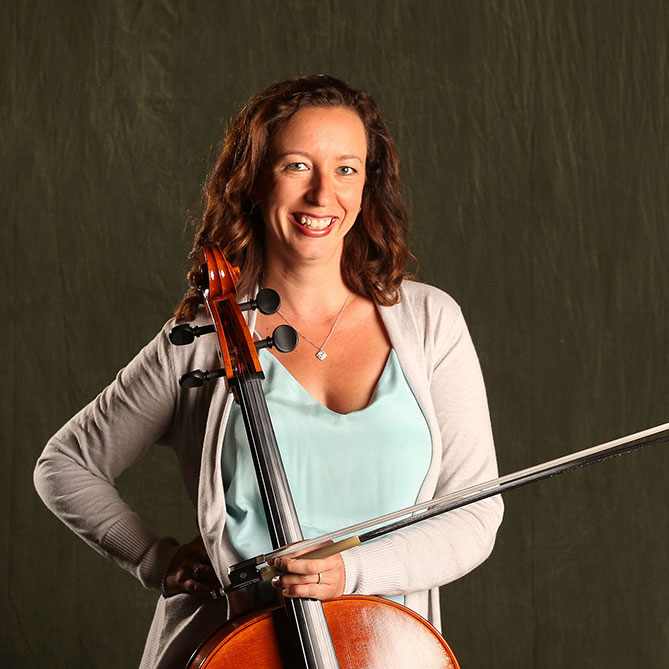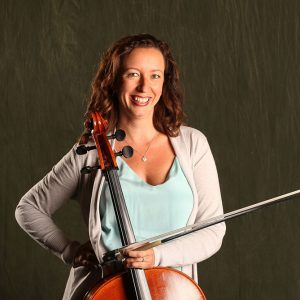
What if We All Did That?
Martha Baldwin
OK, not to blog-rant (is that a thing?) but I’m often surprised by basic behaviors I see in music students (and professionals) and it reminds me of a saying we have in our cello section: “What if we all did that?”
Here are my top 3:
1. STAY!!!!!! seriously, just stay to the end people. I realize that many student recitals seem endless but leaving as soon as you’re done playing is, simply put, rude. I’ve seen entire rows of extended family get up and leave noisily after the first performer (their kid) is finished and I’m shocked. Really? No one else matters? Your child is so special that this entire recital is there just for his/her 4 minutes of glory? People notice these things. As a side benefit – there is no performance you can listen to and not learn something. So come one, stay to the end. Support your
fellow performers. Clap enthusiastically. Really – if everyone left when they finished there would be none there to hear the last performer. Next time, that might be you. Think about it: What if we all did that?
1a. YOU’LL BE FINE! You don’t need the full 90 minutes of the masterclass to prepare for your performance. Warm up fully before the class or recital begins. Then go and listen to the people who play before you. I get it, I’m nervous too. But not listening isn’t going to help. A good rule of thumb: in a masterclass leave to re-warm up one performer before you. Typically that will give you anywhere from 20-40 minutes. In a recital, leave for your re-warm up 2-3 people before you (maybe 4 if the pieces are very short, 1 or 2 if they’re very long). 20 minutes should be enough. These are not private lessons or solo recitals people – you are meant to listen to everyone else.
2. You’re not the soloist: you’re in orchestra. Everyone is warming up on stage together. None can really hear you right? Wrong. This is NOT the time to practice the solo that your principal will be playing in 10 minutes. This is NOT the time to practice the concerto that the soloist is about to play (or even whatever one you’re working on in your lessons). Scales? fine. The repertoire you’re about to perform/rehearse? Excellent! Anything else at all? Nope. Nada. NO.
3. Make an effort. Seriously, if I see one more student show up for a performance or audition in a t-shirt or stained and wrinkles casual pants my head is going to explode. You are PERFORMING. An audition is an interview – you need to dress like it! You don’t have to be the most fashionable person in the room, you don’t need 50 different options. Just put on some nice clothes – it’s really not that hard. It says to your audience – this is important and I care. Girls, get your hair out of face. If you’re old enough, put on a bit of makeup. Boys, learn to use an iron and tie a tie. Polish your shoes (or at least wipe off the salt stains ok?). Showing up onstage dressed in overly casual clothes with frumpy hair/makeup etc. shows a level of disrespect to your audience that is simply unacceptable.
Rant over (for today). Just remember—when you wonder to yourself, “Is it ok if I do this?” the answer is: “What if we all did that?”
Subjects: Ethics
